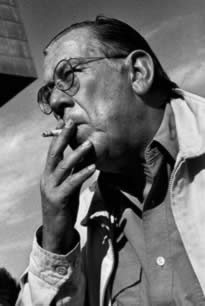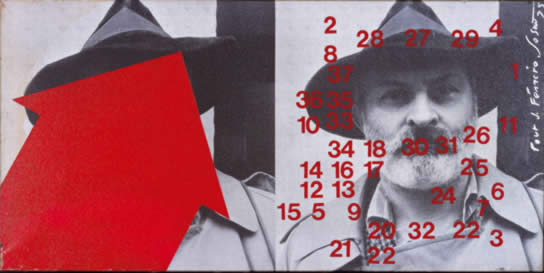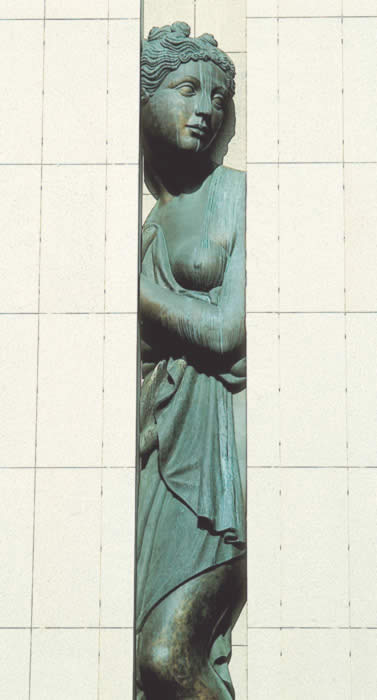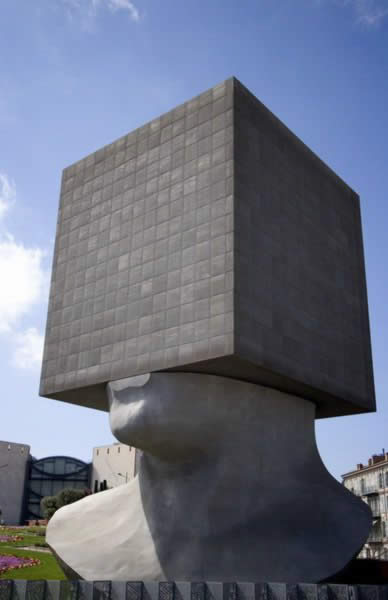Sacha Sosno (Marseille 1937 – Monaco 2013)

Alexander Joseph Sosnowsky, better known as Sacha Sosno, was born in Marseille in 1937 by Estonian father and Nice mother. He spent his first childhood in Riga, Latvia.
His meeting with the nouveaux réalistes
When he was just a teenager, in 1948, he met in Nice the leader of the fauves movement, Henry Matisse, and he was really impressed by that violent and provocative use of the color. But Yves Klein and Arman were the real inspiration for his art in 1956; in fact, after this meeting, he destroyed his definitely abstractionists paintings. During this period, Klein was addicted to his monochrome, that were often exposed to wind and rain, Arman on his accumulation of second-hand and trash stuff. Both artists were part of the Nouveau Réalisme, sponsored in 1960 by the critic Pierre Restany and supported by young french artists. This group based his ideology on the cult of the useless object, that preserved anyway his casual beauty and mocking the new materialist society. In June 1960 Sosno published on the “Sud-Communications” his theory about the Ecole de Nice, that is “the poetry of an urban civilization” according to Restany’s words.
The concept of “obliteration”


In 1974 Sosno sold his parisian studio in order to buy a sailing boat and travel across the Atlantic with Maschat, his woman. Then he exposed in Oporto and Caracas. After his three years journey, he settled in Nice where he started to realize his first sculptures, “Oblitérations de voiture”, that developed his idea already known in painting and defined his personal language. In “Coupé grand air” (or “Oblitération d’un R4”, 1979), he put a mask on part of his works, using full and empty spaces to allow the spectator the possibility to figure out the absence. In the same year Sosno realized some bronzes for the Lalit Kala Akademi in New Delhi. The 80s were full of exhibitions, first in Nice (1983), in New York (1985) and Paris (1986), then in the United States (1989-90). Between 1986 and 1988 he carried out projects that involved both sculpture and architecture. Together with the architect George Marguerita, Sosno realized the Hotel Elyseé Palace (on the right, 1987/88, bronze and granite) in Nice, a 28 m. building, decorated with an enormous central bronze statue (19 m.) almost hidden and incorporated in the facade. He meant to insert his works into a urban context, to allow people to enjoy it in a casual and free way. Art is no more settled in museum, but in the outside: a road, a square.
Recall of the past
Between 1993 and 1996 Sosno visited Japan, Korea, Canada and Greece. In this period, he worked on his sculptures using the empty, the “non presence” obtained with rationality and rigor, and developing the ancient art principles, from Greek to Michelangelo, in order to exploit collective memory and underline that our daily is based on a model and thought that is classic and occidentalist. In this way a doric column outlines cut out from a bronze or marble slab (3 Columns), David’s head is closed in an impenetrable cube in the famous Tête carrée series, a rigid rectangle cut out the perfection of Venus and Apollo’s bodies (Variations pour un torse), creating that inner empty space which becomes reflection and imagination place.
Tête au carrée

Sosno won a national contest in 2000, financed by the French Ministery of Culture, for the edification of the Nice Central Library. Together with the architects Yves Bayard and Francis Chapus, he planned a monumental sculpture in aluminium, realized inspired by shipbuilding techinics. The gigantic Tête au carrée (on the right, 2006, aluminium) it is not just the most important Sosno’s work, but it is also the first inhabited sculpture in the world. In the same period he conceived his new pictorial cycle, the appropriation/obliteration one from stage sets called “Opéras”, that represent forests, landscapes, pictures sometimes hidden by the fall of a curtain. In this way he brought back the sense of concealment in the painting of the 70s, expressed by gaudy colored geometric shapes hiding the integrity of the work to the look. On the occasion of Beijing 2008 Sosno established in the city one of his monumental creations: “Un saut vers un matin serein”. Sosno’s works are currently all over the world.

